Untreated PTSD can wreak havoc on one’s ability to function in everyday life. Work, school, and relationships can suffer, as PTSD affects more than just the person suffering from it. How can you know if you or a loved one is experiencing this mental health disorder? The knowledgeable, compassionate staff at Crownview Co-Occurring Institute can help you recognize the signs.
How Does PTSD Affect People?
There are many ways that PTSD can manifest in a person’s life. It can happen immediately after a traumatic event or be delayed by weeks or months. This is because there is no one way for the brain to process trauma. Some people may experience repressed memories, which is the brain’s way of protecting itself from being triggered or experiencing the trauma again. However, other people may not experience this symptom. It may not be until a person is triggered by – for example, a certain smell or sound that reminds them of the incident – that they start to show PTSD symptoms.
What Are the Signs of PTSD?
It’s not uncommon for people living with PTSD to experience challenges in everyday life. These challenges can include difficulty paying attention in school or focusing on tasks at work, strained relationships with family or friends due to isolation, or neglecting healthy habits. It’s also not uncommon for someone with PTSD to turn to unhealthy coping mechanisms, such as substance abuse, suicidal thoughts, or self-harm.
According to the Mayo Clinic’s page on “Post-traumatic stress disorder (PTSD),” PTSD symptoms have four forms: intrusive memories, avoidance, changes in thought pattern and mood, and negative emotional and physical reactions. PTSD also doesn’t just affect the one person who experienced a trauma; it can have a ripple effect on families or friendships as well.
You may want to consider seeking help if you notice any of the following patterns in yourself or someone you love:
Intrusive Flashbacks
Intrusive flashbacks may include:
- Recurring memories of the event
- Reliving the trauma as if the event is still happening
- Disturbing nightmares
- Difficulties sleeping
- Adverse physical reactions to memories of the event
Avoidance
Avoidance may look like:
- Trying not to think about the event or acting like it never happened
- Refusing to go to certain places or interact with certain people that remind you of the event
- Leaving a situation due to extreme anxiety
Negative Thought Patterns
Negative thought patterns can look like:
- Feeling depressed about your future and the world
- Prolonged sense of hopelessness
- Detaching from social life and other once-enjoyable activities
- Difficulty feeling happy and other positive emotions
- Prolonged numbness
Changes in Emotional and Physical Reactions
When struggling with PTSD, you may also have changes in emotional and physical reactions, including:
- Easily startled and scared
- Feeling constantly “on guard” for new dangers or threats
- Engaging in destructive behavior such as excessive drinking, fighting
- Sudden bursts of anger
- Overwhelming feelings of shame, also known as “survivor’s guilt”
What Does PTSD Treatment Look Like?
When healing from PTSD, it’s critical not to ignore the signs and symptoms. Mental health professionals are equipped to help deal with the impact of PTSD and formulate a plan to help you cope in healthy ways. It may be tempting to “shut down” and withdraw from the world or distract yourself in an attempt to forget replaying the memories. However, this rarely ever leads to successful healing.
It’s understandable to think that talking about trauma may make it worse. It can be damaging if family or friends pressure you to share details before you’re ready. However, with time, many people find it helpful to verbally process the event with a trained, unbiased third party in a safe, professional setting. It can be validating to share your experience and be assured that life as you know it does not have to stop. The right therapy can provide you with the necessary tools to create a “new normal.”
What Forms Can Therapy Take?
There are various treatments for PTSD depending on your unique needs. Treatment could include medication, psychological therapy, a combination of cognitive-behavioral therapy (CBT) or dialectical behavior therapy (DBT), or outpatient treatment. No matter the form of treatment, the goal is to target the core traumatic issue causing your symptoms to help you take back your life.
The therapeutic process should be on your terms; you should never be rushed to share more than you’re comfortable with. It’s essential to have patience with yourself as you process your reactions to trauma. It may take some time before you notice positive changes, and that’s normal.
What Does a Coping Plan Look Like?
Your personal coping plan is as unique as you are. It can look like creating a plan for dealing with triggers, figuring out a support network, or incorporating regular self-care into your routine. Through exercise, meditation, or regular visits with a therapist, you can find what works best to stay present and calm in the face of overwhelming emotions and fears.[/vc_column_text][/vc_column][/vc_row][vc_row][vc_column width=”1/1″][uncode_block id=”84922″][/vc_column][/vc_row]

 Kimberly Gilkey, RADT-1
Kimberly Gilkey, RADT-1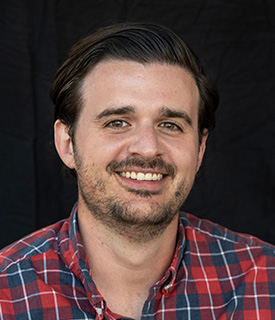 Timothy Wieland
Timothy Wieland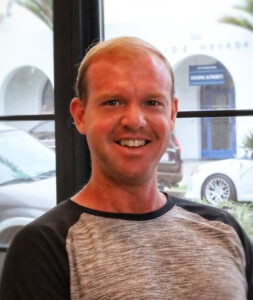 David Abram
David Abram Mark Melden, DO/DABPN
Mark Melden, DO/DABPN Jeffrey Klein
Jeffrey Klein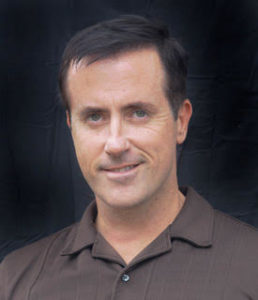 Nathan Kuemmerle, MD
Nathan Kuemmerle, MD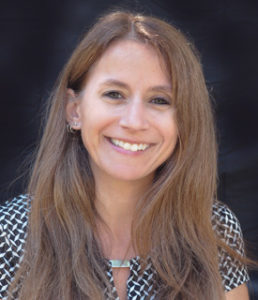 Laura Hopper, Ph.D.
Laura Hopper, Ph.D. Rebecca McKnight, PsyD
Rebecca McKnight, PsyD Milena Dun, PhD
Milena Dun, PhD Brieana Turner, MA, LMFT
Brieana Turner, MA, LMFT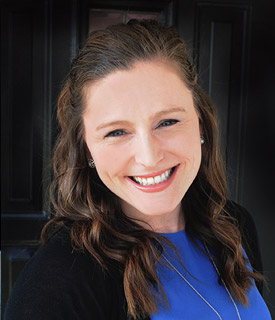 Brittany Perkins, MA, LMFT
Brittany Perkins, MA, LMFT Joanne Talbot-Miller, M.A., LMFT
Joanne Talbot-Miller, M.A., LMFT Alexis Weintraub, PsyD
Alexis Weintraub, PsyD Kathleen McCarrick, MSW, LSW
Kathleen McCarrick, MSW, LSW Christina Lam, N.P.
Christina Lam, N.P.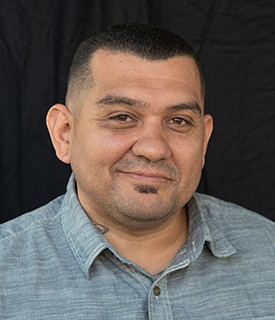 John P. Flores, SUDCC-IV-CS, CADC II
John P. Flores, SUDCC-IV-CS, CADC II David Dalton, Facility Operations Director
David Dalton, Facility Operations Director Amy Thompson
Amy Thompson Kelly Schwarzer
Kelly Schwarzer Jovanna Wiggins
Jovanna Wiggins Alexandria Avalos, MSW, ACSW
Alexandria Avalos, MSW, ACSW Michelle Ertel
Michelle Ertel Emily Skillings
Emily Skillings Amanda Irrgang, Registered Dietitian Nutritionist (RDN)
Amanda Irrgang, Registered Dietitian Nutritionist (RDN) Gianna Melendez
Gianna Melendez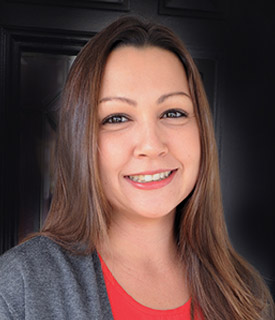 Jodie Dahl, CpHT
Jodie Dahl, CpHT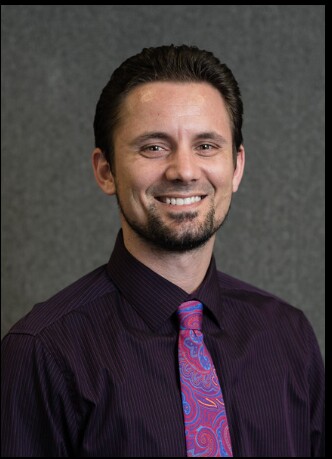 Jordan Granata, PsyD
Jordan Granata, PsyD